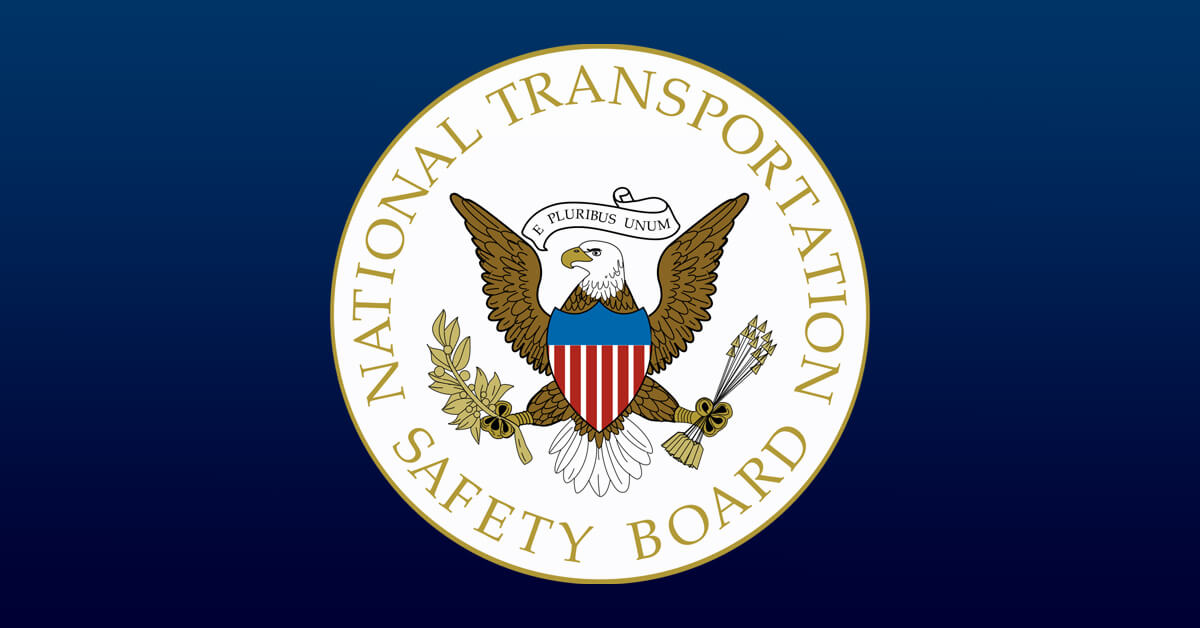
July 30, 2021
NBAA welcomed a recent National Transportation Safety Board (NTSB) recommendation that business aircraft pilots familiarize themselves with traffic display and warning equipment in their aircraft; supplement those systems, when necessary, with devices capable of supplying both visual and aural alerts to collision risk; and incorporate those systems into their normal visual traffic scans.
The board’s recommendations stem from the investigation into the May 13, 2019, midair collision involving two vintage de Havilland Canada tour aircraft over George Inlet in Ketchikan, AK. While both aircraft were equipped with ADS-B-supported collision avoidance technologies, the NTSB determined each had necessary components that were not functioning, or not present, which rendered them incapable of alerting both pilots to the imminent collision risk.
The NTSB issued its recommendation to NBAA and five other industry groups.
“We are pleased to work with the board to raise awareness of the risk of midair collisions,” said Mark Larsen, NBAA senior manager for safety and flight operations. “This kind of direct outreach to industry partners has proven beneficial in expediting other needed safety enhancements.
“The Ketchikan accident highlights the need for pilots to thoroughly understand the capabilities and limitations of their traffic alerting equipment and how to maximize the effectiveness of those systems,” he added.
The NTSB cited several other factors in the accident, including “the inherent limitations of the see-and-avoid concept” and sightlines from both flight decks that were blocked by the aircraft structure.
The board also issued six new recommendations to the FAA, including that Part 91 and Part 135 tour operators be required to be equipped with ADS-B-supported traffic advisory systems with both visual and aural alerts. The NTSB additionally reiterated a previous call to the agency to require Part 135 operators to implement safety management system programs.
NBAA members are encouraged to review the full report, investigation docket and the board’s additional recommendations, as well as the following NTSB supplement regarding the recommendation to industry groups.
View the full NTSB report AAR-21-04.
View the NTSB investigation docket CEN19MA141AB.
NTSB Recommendation A-21-23: Reducing the Risk of Midair Collisions (PDF)


 International Business Aviation Council Ltd.
International Business Aviation Council Ltd.